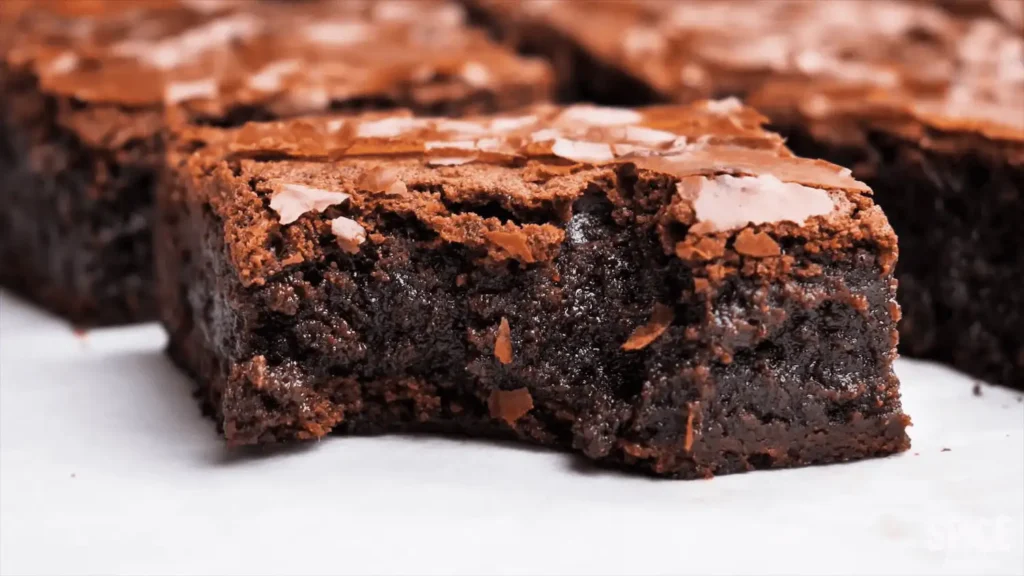Who doesn’t love a rich, gooey brownie that melts in your mouth? Fudgy brownies are a chocolate lover’s dream, offering a dense, moist texture that’s irresistible. While some people enjoy the light and airy texture of cakey brownies, there’s something uniquely satisfying about biting into a fudgy brownie that feels like pure indulgence.
Whether you’re baking for a special occasion or just want to treat yourself, learning how to make brownies more fudgy can transform your baking game. In this guide, we’ll explore the secrets behind creating the perfect fudgy brownie, from choosing the right ingredients to mastering baking techniques.
The Appeal of Fudgy Brownies
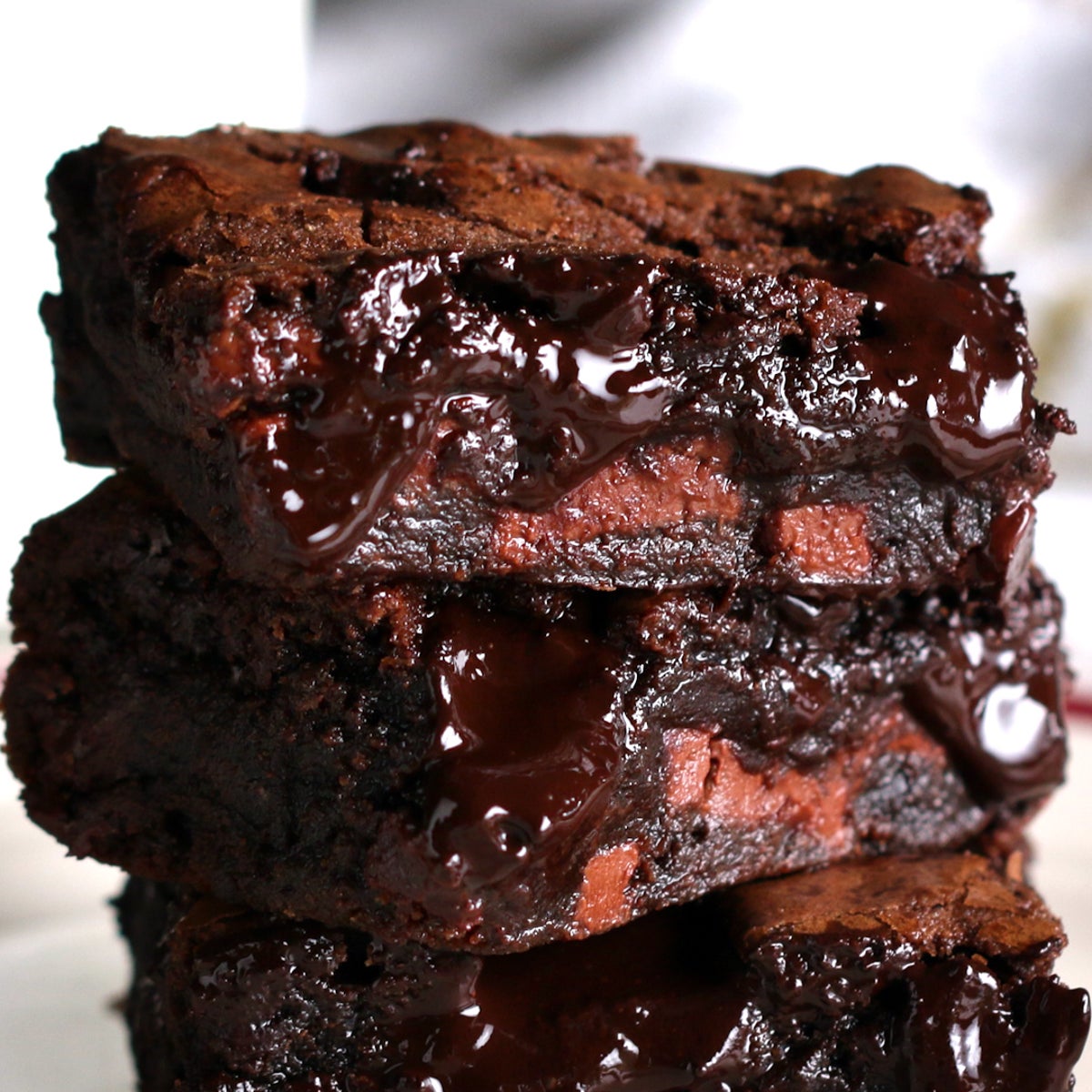
Texture and Flavor
Fudgy brownies are characterized by their dense, moist texture and intense chocolate flavor. Unlike cakey brownies, which have a light and airy crumb, fudgy brownies offer a richer experience with every bite. The texture is almost truffle-like, providing a decadent treat that satisfies chocolate cravings.
Popularity of Fudgy Brownies
Fudgy brownies have gained immense popularity due to their luxurious texture and taste. They are often the star of dessert tables at parties and family gatherings. The appeal lies in their simplicity yet indulgent nature, making them a favorite among bakers and dessert lovers alike.
Understanding Brownie Types
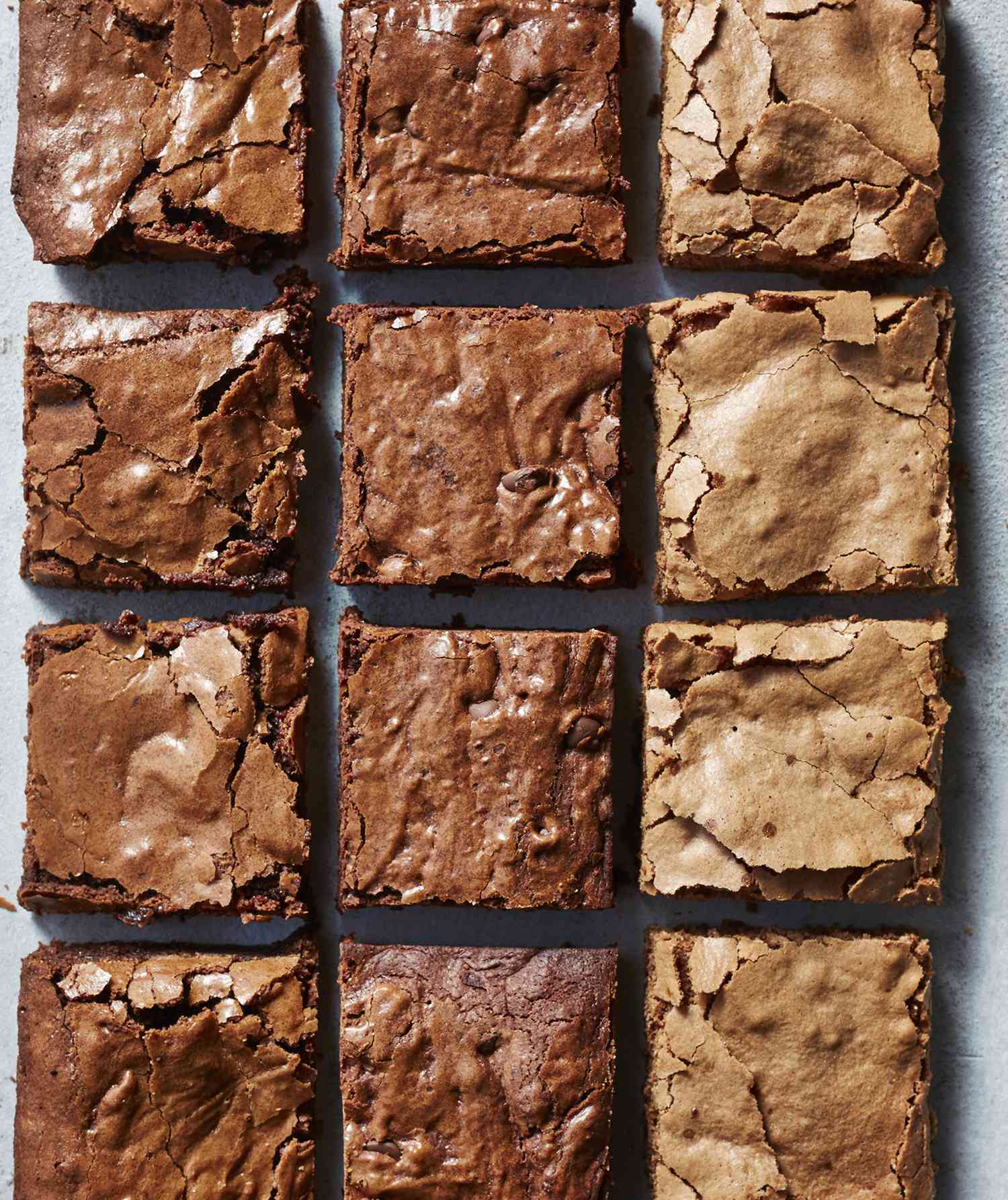
Before diving into the specifics of making fudgy brownies, it’s essential to understand the differences between various types of brownies. This knowledge will help you make informed choices about ingredients and techniques.
Fudgy vs. Cakey vs. Chewy
- Fudgy Brownies: As mentioned earlier, fudgy brownies have a dense and moist texture. They often contain a higher fat-to-flour ratio and less leavening, which contributes to their rich consistency.
- Cakey Brownies: Cakey brownies resemble a light chocolate cake in texture. They are airy and have a higher flour content, along with leavening agents like baking powder or baking soda.
- Chewy Brownies: Chewy brownies fall somewhere in between fudgy and cakey. They have a bit more structure than fudgy brownies but still retain a moist texture. The addition of brown sugar often enhances their chewiness.
Key Differences
The key differences between these brownie types lie in the ingredient ratios and baking methods. Fudgy brownies have more fat (like butter or oil) and less flour, while cakey brownies have more flour and often include leavening agents. Chewy brownies strike a balance with a mix of fats and sugars that contribute to their texture.
Ingredients for Fudgy Brownies
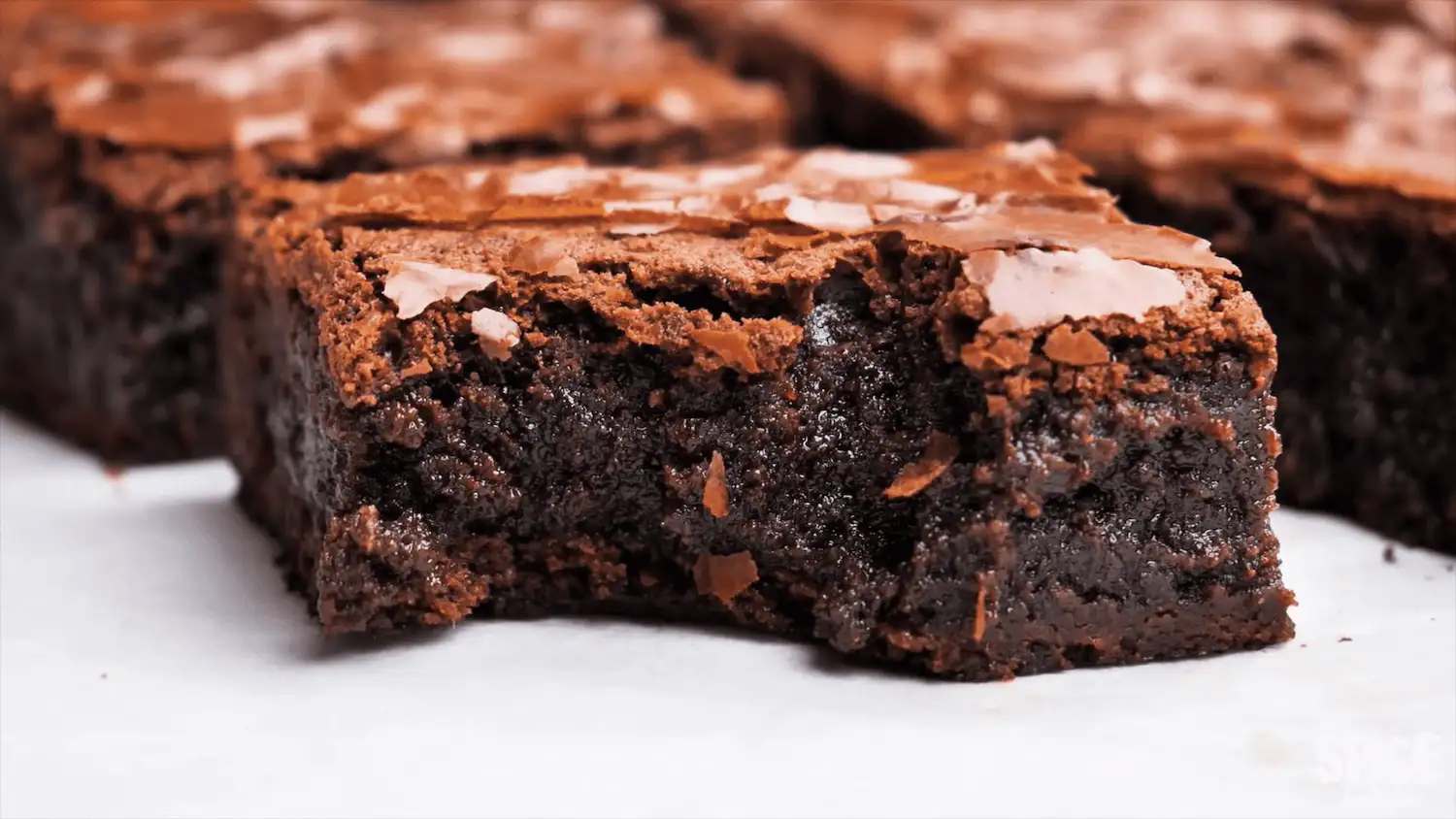
The right ingredients are crucial for achieving the perfect fudgy brownie texture. Here’s a breakdown of the essential components:
The Importance of Fat
Butter vs. Oil
Fat is a vital component in making brownies fudgy. Butter provides a rich flavor and helps create a tender crumb, while oil contributes to a moist and dense texture. For the fudgiest brownies, a combination of both can work wonders. Using melted butter can also enhance the chocolate flavor and ensure a smooth batter.
Impact on Texture
The amount and type of fat used significantly impact the final texture of the brownies. A higher fat content results in a softer and more indulgent brownie, which is what makes the fudgy variety so appealing. Experimenting with different fats can help you find the perfect balance for your taste.
Chocolate Choices
Dark Chocolate vs. Cocoa Powder
The choice between dark chocolate and cocoa powder plays a crucial role in the flavor profile and texture of your brownies. Dark chocolate provides a deep, intense chocolate flavor and adds moisture to the batter. Cocoa powder, on the other hand, can create a drier texture if used in excess. Combining both can yield the best of both worlds – a rich flavor with a fudgy consistency.
Balancing Sweetness and Bitterness
When using dark chocolate, it’s essential to balance sweetness and bitterness. Adding a touch of sugar or honey can help offset any bitterness from the chocolate, creating a well-rounded flavor that appeals to all palates.
Sugar and Sweeteners
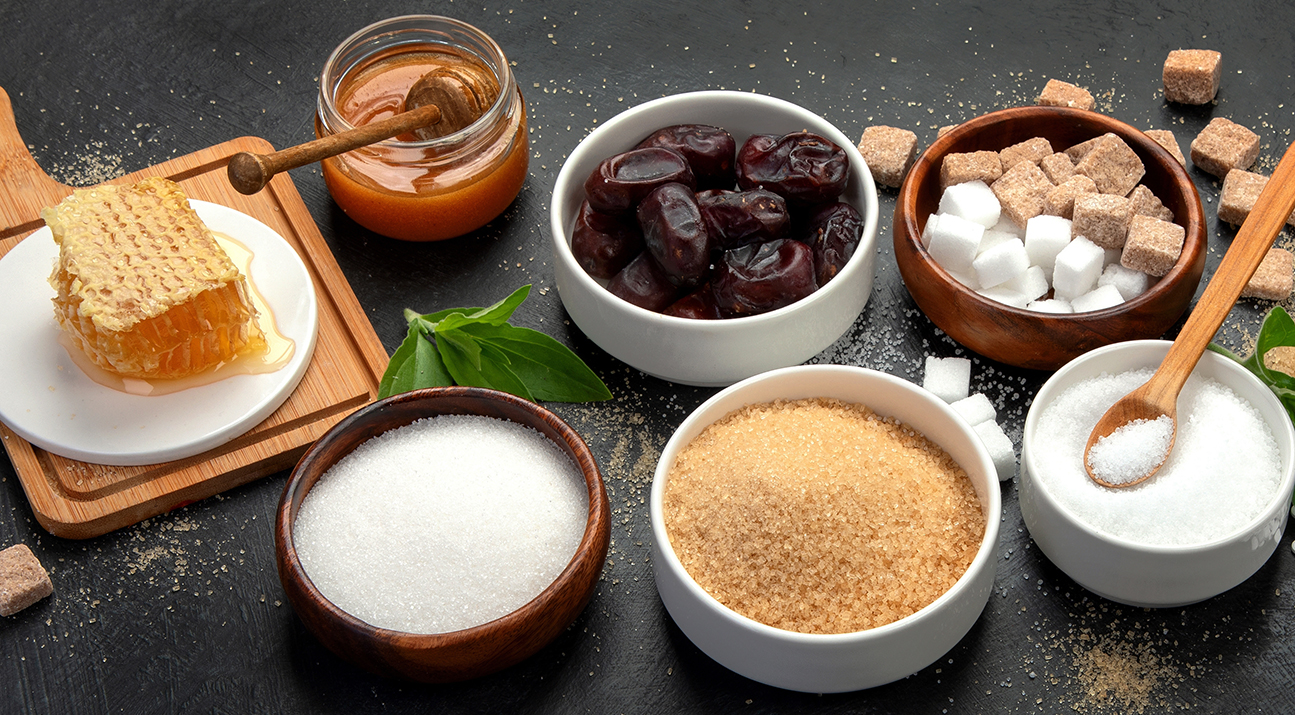
Brown Sugar vs. White Sugar
Brown sugar adds moisture and depth of flavor due to its molasses content, making it a great choice for fudgy brownies. White sugar provides sweetness but doesn’t contribute to the moisture content as much. Using a combination of both can enhance the overall texture and flavor of your brownies.
Adding Molasses or Syrup
For an extra touch of moisture and flavor, consider adding molasses or maple syrup to your brownie batter. These ingredients can boost the richness and create an even fudgier texture that will have everyone asking for seconds.
Eggs and Their Role
Egg Yolks for Richness
Eggs play a vital role in binding the ingredients together and contributing to the fudgy texture. Using an extra egg yolk can add richness and creaminess to the batter, enhancing the overall experience.
Binding Agents
Eggs act as binding agents that hold the brownies together. For those looking to make brownies without eggs, substitutes like applesauce or flaxseed can be used, although the texture may vary slightly.
Flour and Starch
Using Less Flour for Density
To achieve that fudgy texture, it’s important to use less flour than you would in cakey brownies. This keeps the brownies dense and moist, rather than light and airy. Opt for all-purpose flour and measure carefully to avoid overloading the batter.
Alternative Starches
Adding a small amount of cornstarch or tapioca starch can enhance the texture of your brownies. These starches help create a smooth and velvety consistency, contributing to the fudginess.
Techniques for Making Fudgy Brownies

Beyond ingredients, the techniques you use in baking brownies play a significant role in achieving the desired texture. Here are some key methods to consider:
Proper Mixing Techniques
Gentle Folding vs. Vigorous Mixing
When mixing your brownie batter, gentle folding is preferred over vigorous mixing. Overmixing can introduce too much air into the batter, resulting in a cakey texture. Instead, fold the ingredients together until just combined, ensuring that the flour is fully incorporated without overworking the batter.
Preventing Over-Mixing
To prevent over-mixing, use a spatula instead of a whisk or electric mixer. This allows you to have better control over the mixing process and ensures a tender, fudgy result.
Baking Temperature and Time
Low and Slow Method
Baking your brownies at a lower temperature for a longer time can help achieve a fudgy texture. This method allows the brownies to cook evenly without drying out, preserving their moisture and richness.
Importance of Monitoring
Keep a close eye on your brownies while they bake. The edges should be set, but the center should still be slightly gooey. Using a toothpick to test doneness is crucial – it should come out with a few moist crumbs attached, rather than being completely clean.
Cooling and Serving
Allowing Proper Cooling
Once your brownies are baked to perfection, resist the temptation to cut them immediately. Allow them to cool in the pan for at least 20-30 minutes. This cooling time helps the brownies set and enhances their fudgy texture.
Cutting and Presentation Tips
For clean and even slices, use a sharp knife and wipe it between cuts. This prevents sticking and ensures your brownies look as good as they taste. Serving them warm with a scoop of ice cream or a drizzle of chocolate sauce can elevate the experience even further.
Enhancements and Variations
Fudgy brownies are delicious on their own, but you can take them to the next level with creative enhancements and variations.
Adding Extra Chocolate
Chocolate Chunks and Chips
Incorporating chocolate chunks or chips into the batter adds pockets of gooey goodness that melt in your mouth. Choose high-quality chocolate for the best results, and feel free to mix dark, milk, or white chocolate for variety.
Ganache Toppings
A rich chocolate ganache topping can take your brownies from great to extraordinary. Made by melting chocolate with cream, ganache adds a luxurious layer of flavor and texture that complements the fudgy base.
Incorporating Flavors and Textures
Nuts, Caramel, and Sea Salt
Adding nuts like walnuts or pecans introduces a delightful crunch that contrasts with the soft brownie texture. Caramel swirls add sweetness and gooeyness, while a sprinkle of sea salt can enhance the chocolate flavor and create a balanced taste profile.
Flavor Extracts and Add-ins
Experiment with flavor extracts like vanilla, almond, or peppermint to add unique twists to your brownies. Add-ins such as dried fruit, coconut, or marshmallows can provide exciting textures and flavors.
Recipes Without Baking
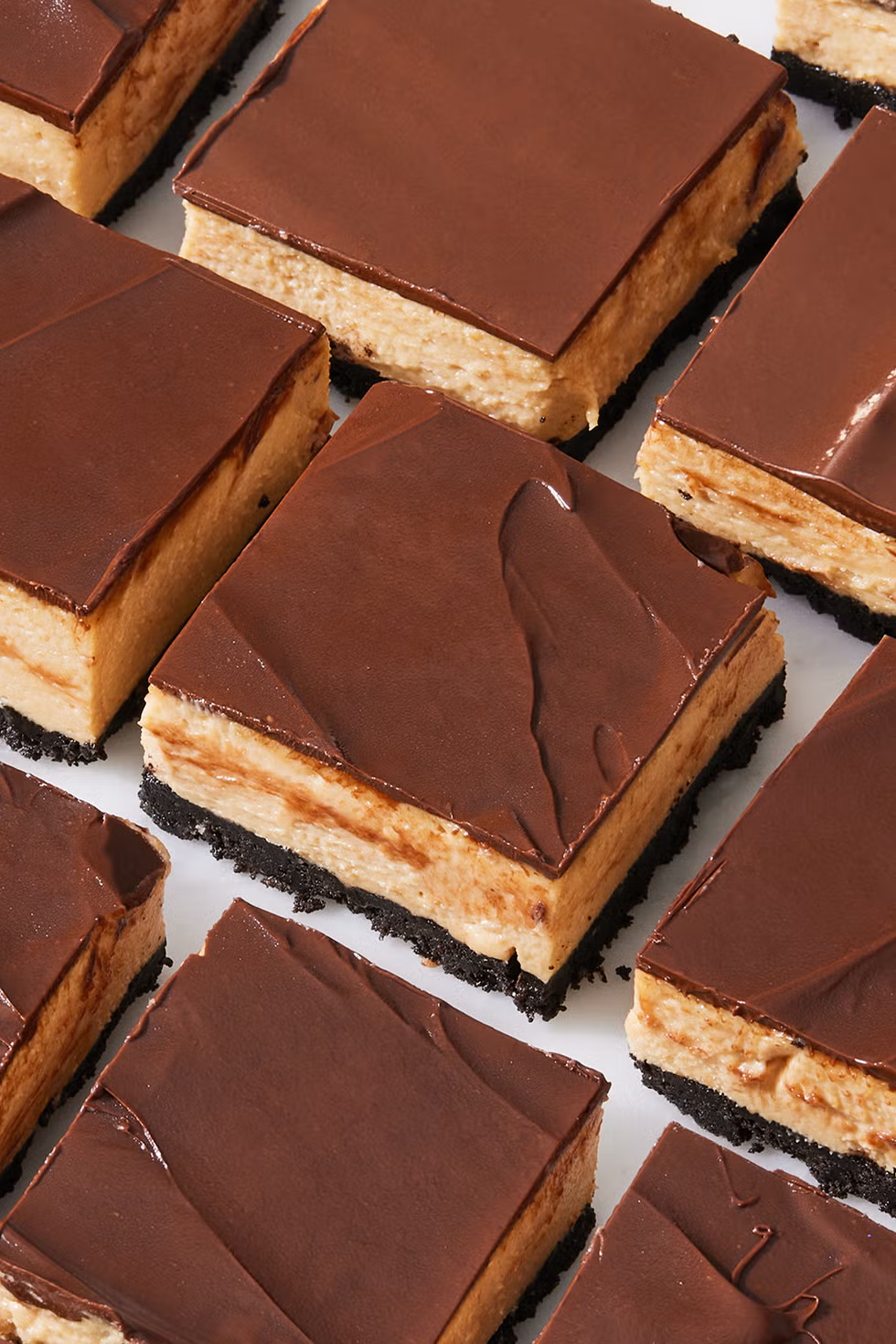
Fudgy No-Bake Brownies
For those who prefer recipes without baking, fudgy no-bake brownies are an excellent option. These treats often use ingredients like dates, nuts, cocoa powder, and sometimes coconut oil to create a rich and satisfying dessert without the need for an oven. The process involves blending the ingredients together and pressing the mixture into a pan, then refrigerating until set. No-bake brownies are perfect for summer days when you want to keep the kitchen cool but still crave something chocolatey and delicious.
Raw Brownie Variations
Raw brownies offer a healthy twist on traditional brownies, made using unprocessed ingredients that retain all their natural nutrients. Ingredients typically include raw cacao, nuts, dates, and sometimes superfoods like chia seeds or hemp hearts. These brownies are not only fudgy and decadent but also packed with antioxidants and healthy fats. Simply blend the ingredients in a food processor, press into a dish, and chill. Raw brownies are a guilt-free indulgence that can be customized with various flavors and toppings.
Troubleshooting Common Problems
Even the most seasoned bakers encounter challenges when striving for the perfect fudgy brownie. Here are some common issues and how to fix them:
Preventing Dryness
A dry brownie can be a disappointment, especially when aiming for that perfect fudgy texture. Here’s how to keep them moist:
- Adjusting Ingredients: Ensure you’re using the right balance of ingredients. Too much flour can lead to dryness, so use a scale to measure accurately. Adding an extra egg yolk or a tablespoon of oil can also increase moisture.
- Proper Storage: Store brownies in an airtight container to prevent them from drying out. You can also add a slice of bread to the container; the moisture from the bread will help keep the brownies soft and fudgy.
Achieving the Right Consistency
Getting the right consistency can be tricky. Here are some tips to nail it:
- Testing with a Toothpick: The toothpick test is a classic way to check for doneness. For fudgy brownies, look for a few moist crumbs clinging to the toothpick rather than a completely clean one.
- Recognizing Signs of Overbaking: Watch for signs that your brownies are done. The edges should start pulling away from the pan, and the center should have a slight wobble. Overbaking will result in a cakey texture, so it’s essential to remove them from the oven at the right moment.
Conclusion
Making brownies more fudgy is all about balancing the right ingredients and techniques to achieve that rich, dense, and indulgent texture that so many of us crave. Whether you’re experimenting with dark chocolate, adding a splash of extra oil, or exploring recipes without baking, there’s a world of possibilities to discover.
Fudgy brownies are a delicious treat that can be customized to suit any taste or occasion. By understanding the role of each ingredient and how to adjust your baking methods, you can create the ultimate brownie experience that will leave everyone asking for more.
So, next time you’re in the kitchen, try these tips and tricks to make your brownies the fudgiest ever. Happy baking!

